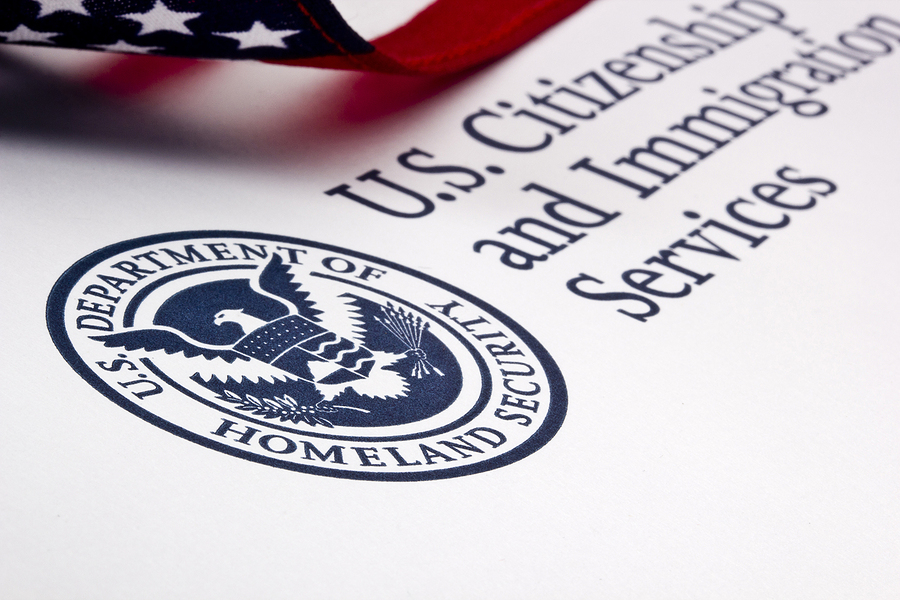
In addition to releasing draft provisional waiver policy changes for public comment, USCIS has also issued draft guidance relating to extreme hardship and how adjudicators are supposed to be evaluating cases requiring such a showing. These changes, if effective, would be incorporated into the USCIS Policy Manual and purportedly establish a more standardized definition of extreme hardship.
Some General Impressions
- The Draft Guidance goes a long way to clarifying certain concepts and giving specific examples where a finding of extreme hardship would be warranted.
- Some of the information is not necessarily groundbreaking. Rather, it spells out for the officers what has already been detailed and discussed in caselaw.
- On the other hand, some of the guidance raises more questions than its answers by introducing a new way of evaluating cases.
- Overall, these changes should have a positive impact on the adjudication process and hopefully minimize the vastly different results people from across the nation are experiencing.
Some Highlights of the New Policy
- Details “special circumstances that strongly Suggest Extreme Hardship”
- Reiterates that extreme hardship must be of great suffering or loss, and that such hardship has to be greater than that usually arises from a denial of admission or removal from the United States
- Clarifies that factors should not only be considered individually but in the aggregate as well. There may be circumstances where an individual issue by itself may not rise to the level of hardship but the combination of two or more, taken together, may warrant a finding.
- Reminds examiners that the applicant must still warrant a favorable exercise of discretion: a finding of extreme hardship does not necessarily mean an automatic approval if the applicant has negative characteristics or there are personal elements that militate against approval
- Discusses “qualifying relatives” and the notion that hardship to two or more qualifying relatives may be considered extreme collectively, even if hardship to one is not enough. The guidance also confirms something that our office has been arguing for a lot of cases: that hardship experienced by someone who is not a qualifying relative is sometimes still very relevant if that hardship affects the qualifying relative.
- Directs officers to consider two factual scenarios: one in which the qualifying relative relocates abroad and the other in which the qualifying relative stays here in the US. Unlike the way it is now, the applicant may satisfy the extreme hardship burden by establishing either 1) it is “reasonably foreseeable” that the qualifying relative would relocate and more likely than not that the relocation would result in extreme hardship; or 2) it is “reasonably foreseeable” that the qualifying relative would remain in the United States and more likely than not that the separation would result in extreme hardship.
Concrete Examples of Extreme Hardship
The draft guidance is also very interesting to look at because USCIS actually provides a few case scenarios and discusses whether a finding of extreme hardship would be warranted. There are actually six case studies detailed in the draft policy. Anybody needing to file a waiver should read the examples because they give a glimpse into what USICS is expecting. For example:
Scenario #1: the applicant entered without inspection seven years ago. He has been married to a US Citizen for four years. He is claiming that his wife, who is a sales clerk, would go back with him. It is unlikely that she will find a similar job, and to make matters worse, she does not speak the native language in her husband’s country. They have no children.
Analysis/Result: these facts, according to USCIS, would not call for a finding of extreme hardship.
Scenario #2: same as scenario #1 except that the couple also has a 9-year-old US citizen child who would also be relocating with them. In addition, the applicant’s wife and child are very close with the applicant’s US Citizen sister and brother-in-law (and their children). They all live within close distance to one another and it is demonstrated that the applicant’s wife would suffer emotional distress seeing how her child as well as her sister’s family would suffer through the separation.
Analysis/Result: under these circumstances, USCIS would likely approve the case due to the aggregation of several factors including economic loss; loss of professional opportunities; social, cultural, and linguistic incompatibility plus the emotional and psychological hardship that the US Citizen would face considering the effects of separation on her child and sister’s family (and how they would, in turn, detrimentally affect her.) As you can see, the facts and circumstances are tweaked a little in the second case, but enough so that extreme hardship would be found.
In short, the guidance provides a fascinating inside look into what USCIS adjudicators are expected to be consider when evaluating extreme hardship waivers. Again, it is not a panacea. Some topics, like “reasonably foreseeable,” still are quite vague and it is not exactly clear how this will make the process more efficient either for applicants or examiners. Keep in mind, as well, that it is not certain that all these proposed changes will actually become effective, as the policy is still under the review period. If and when a new policy does become effective, we will of course brief it for our readers.
